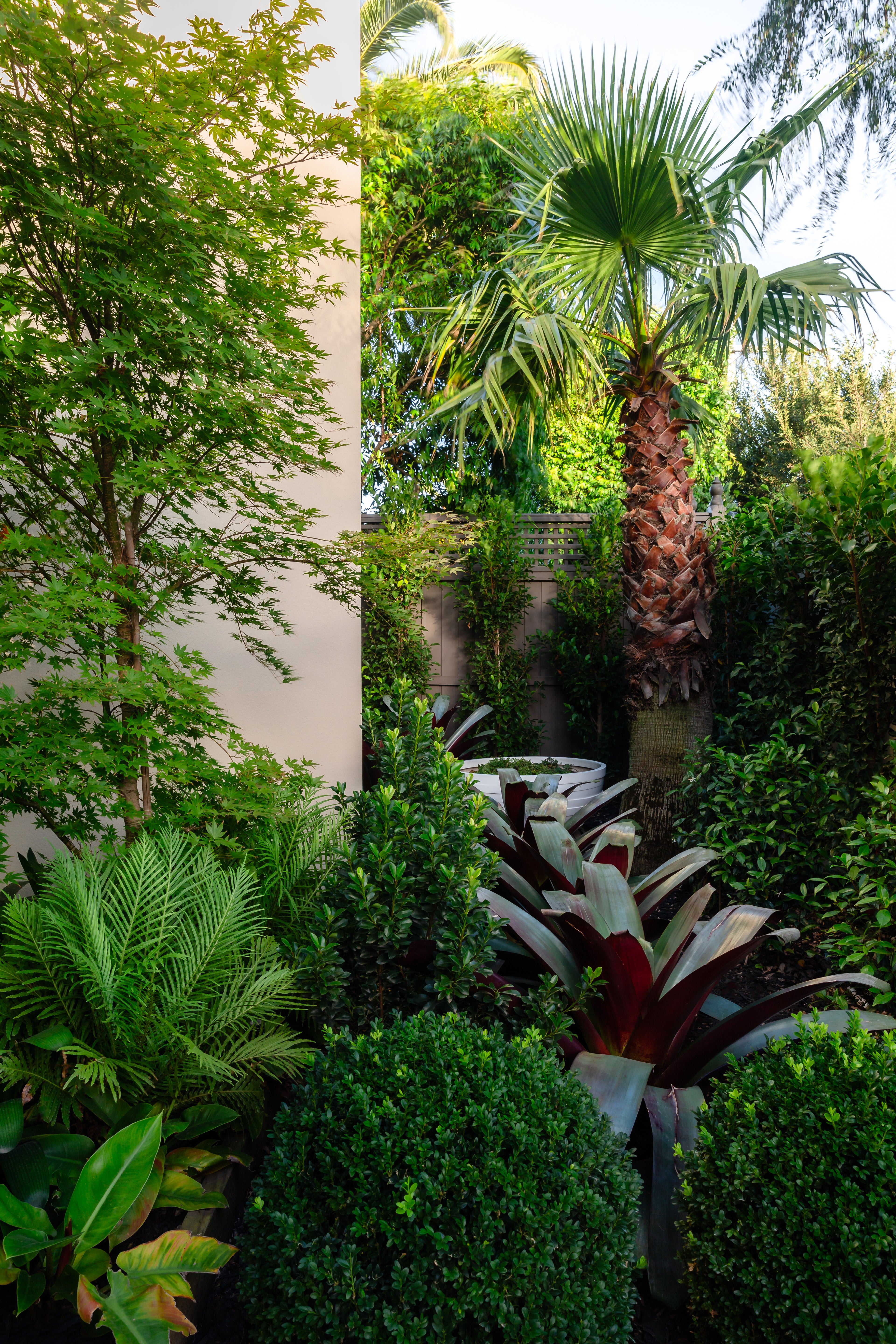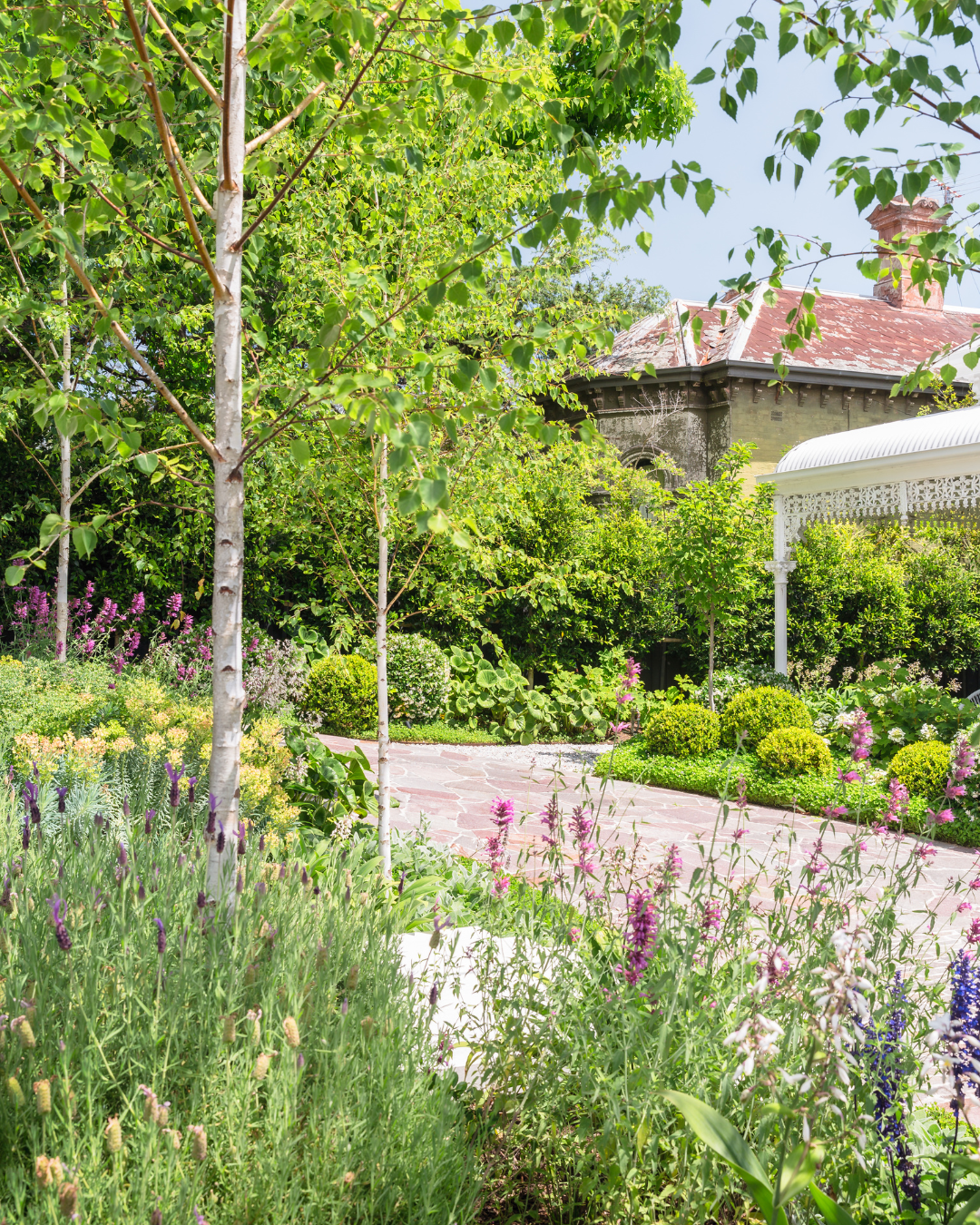Winter doesn't have to mean a dull, lifeless garden. With the right selection of trees, you can transform your space into a beautiful winter wonderland full of texture, contrast, and interest. Choosing trees that thrive in colder months will keep your garden vibrant and enchanting, regardless of season. In this post, we'll explore some of the best tree varieties that will add charm and elegance to your garden during winter, helping you craft an impressive landscape.
Betula pendula 'Moss White'
Betula pendula 'Moss White' is a stunning variety of silver birch that stands out for its striking white bark, especially during winter. This tree's elegant, slender form makes it a popular choice for adding height and interest to any landscape. As the leaves fall in autumn, the white bark becomes more visible, adding a clean, architectural element to your garden that remains eye-catching even in the bleakest months. When planted in groups, this tree is particularly effective, creating a shimmering grove that reflects winter light beautifully.
Key Facts:
- Mature Height: 10-15 meters
- Mature Width: 4-6 meters
- Best Uses: Feature tree, mass planting, winter interest
- Leaf Appearance: Small, green leaves that turn yellow before dropping in autumn
- Rate of Growth: Fast-growing
- Tolerates: Cold climates, poor soil conditions

Why It’s Perfect for Your Garden:
The Betula pendula 'Moss White' is the perfect addition to your winter garden for its low maintenance and stunning visual impact. Its tall, slender form adds height and structure, and its dazzling white bark shines through even in the darkest winter months. Whether planted as a feature or as part of a group, this tree ensures year-round beauty and elegance. Its adaptability to various soil types and fast growth make it an ideal choice for those seeking a quick yet sophisticated transformation in their garden.
Acer rubrum 'Autumn Red'
If you're looking for a tree that delivers year-round appeal but shines during the colder months, Acer rubrum 'Autumn Red' is a fantastic choice. Known for its vibrant red foliage in autumn, this maple holds onto some of its stunning red leaves well into early winter, providing a dramatic burst of color in the garden. Its grey, textured bark takes center stage as winter progresses, offering an interesting contrast against evergreen trees or snow-covered landscapes.
Key Facts:
- Mature Height: 8-12 meters
- Mature Width: 6-8 meters
- Best Uses: Feature tree, shade tree, winter interest
- Leaf Appearance: Deep green in summer, turning bright red in autumn
- Rate of Growth: Moderate to fast-growing
- Tolerates: Wet soil, frost, urban conditions

Why It’s Perfect for Your Garden:
Acer rubrum 'Autumn Red' adds color and texture to your garden. While it’s known for its striking autumn display, this tree continues to offer visual interest through the winter with its textured bark and architectural form. Its versatility makes it suitable for various garden sizes and styles, whether as a stand-alone feature or as part of a larger winter garden design. The combination of its rich, red foliage and rugged winter appearance ensures your garden remains vibrant all year round.
Cupressus leylandii 'Better Green'
For those seeking a robust, reliable tree that retains its lush greenery even in the depths of winter, Cupressus leylandii 'Better Green' is an excellent option. This variety is a canker-resistant, low-maintenance privacy tree that boasts rich, deep green foliage year-round. It is ideal for creating tall, dense screens or hedges that offer privacy and beauty during the winter. The foliage contrasts against frosty landscapes, adding depth and structure to your garden during the colder months.
Key Facts:
- Mature Height: 10-20 meters
- Mature Width: 3-5 meters
- Best Uses: Screening, hedging, privacy, winter greenery
- Leaf Appearance: Dense, deep green foliage
- Rate of Growth: Fast-growing
- Tolerates: Drought, poor soil conditions, frost

Why It’s Perfect for Your Garden:
Cupressus leylandii 'Better Green' is ideal for gardeners who value privacy, structure, and year-round greenery. Its dense foliage ensures your garden remains lush and vibrant, even when other plants lose their leaves in winter. This tree’s fast growth and adaptability make it a smart investment for those looking to enhance their garden's winter appeal quickly. Whether used as a screening hedge or as a striking feature tree, Cupressus leylandii 'Better Green' offers both aesthetic beauty and functional benefits in your landscape.
Tips for Planting Trees to Enhance Your Winter Garden
Creating a winter wonderland in your garden goes beyond selecting the right trees—it’s also about how and where you plant them. To maximize the beauty and interest of your winter garden, consider the following tips:
- Group Planting: For trees like Betula pendula 'Moss White', planting in groups can create a dramatic visual effect, especially when their white bark contrasts against darker evergreen trees.
- Contrast with Evergreens: Pair deciduous trees like Acer rubrum 'Autumn Red' with evergreens such as Cupressus leylandii 'Better Green' to maintain year-round visual interest and create a balanced garden.
- Plant in Key Locations: Position feature trees near entryways or windows to maximize their impact during winter, when people spend more time indoors. This also allows people to enjoy their beauty up close.
- Prepare for Growth: Consider each tree's mature size and give it enough space to grow and thrive. Dense planting can work for hedging, but feature trees should have room to spread out.
- Soil and Drainage: Winter can bring wet conditions, so ensure your trees are planted in well-draining soil to prevent root rot. Some trees, like Cupressus leylandii 'Better Green', are particularly tolerant of poorer soil conditions, making them more resilient in less-than-ideal locations.
FAQs
Q: Do I need to water my trees in winter?
A: Yes, although trees require less water in winter, they still need some moisture, particularly newly planted trees. Ensure the soil doesn’t dry out completely.
Q: What trees are best for privacy during winter?
A: Cupressus leylandii 'Better Green' is an excellent choice for winter privacy, as it retains its dense green foliage throughout the colder months.
Q: Can I plant these trees in containers?
A: Containers are an option for smaller trees or younger specimens, but you’ll need to choose large pots and ensure good drainage. Larger trees like Betula pendula 'Moss White' are best planted in the ground to reach their full potential.
Q: What is the best time to plant these trees?
A: Autumn is an ideal time to plant most trees, allowing their roots to establish before the winter chill sets in. However, with proper care, planting can also be done in winter.
Conclusion
Choosing the right trees can dramatically enhance your garden’s winter appeal, turning it into a peaceful, beautiful retreat during the colder months. Whether you prefer the striking white bark of Betula pendula 'Moss White', the vibrant red leaves of Acer rubrum 'Autumn Red', or the year-round greenery of Cupressus leylandii 'Better Green', each tree offers something unique to your garden. By considering your garden’s needs and planting strategically, you can create a winter wonderland that will impress and delight you, even during the chilliest days of the year.










